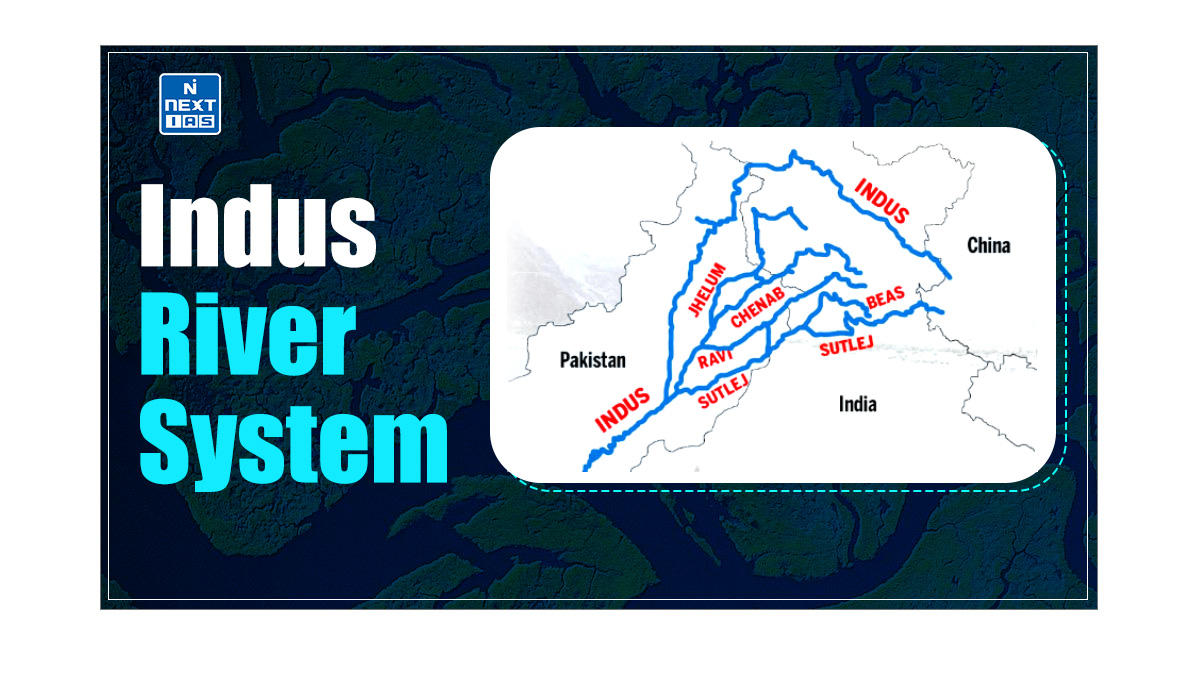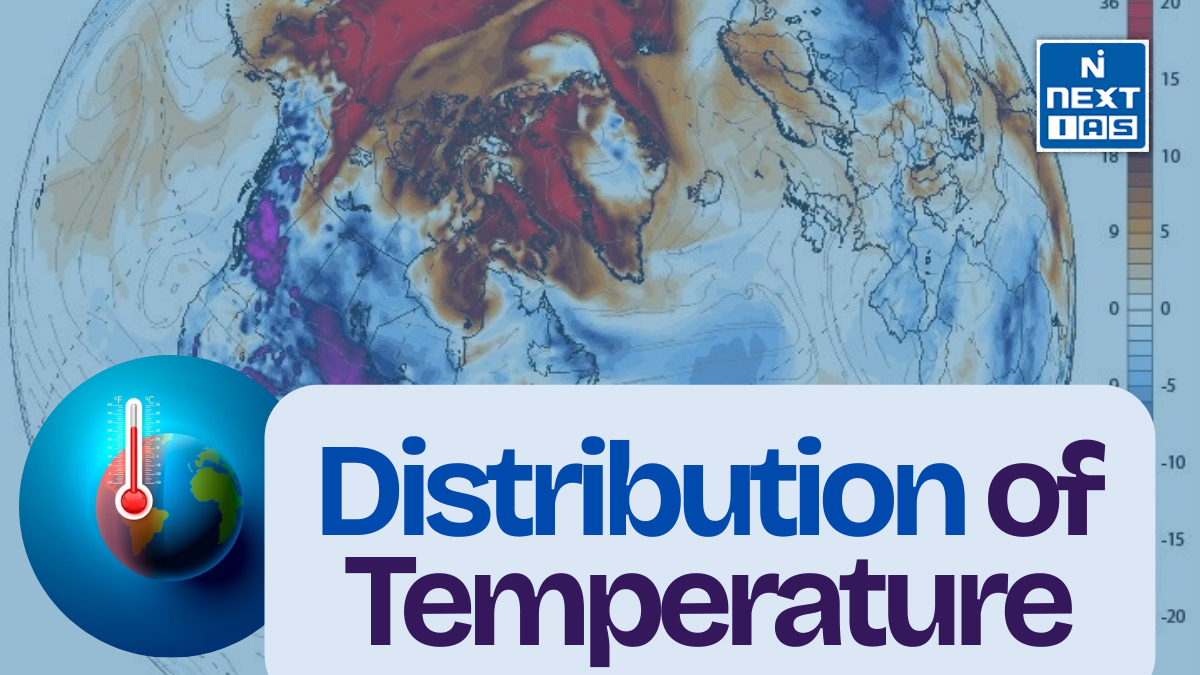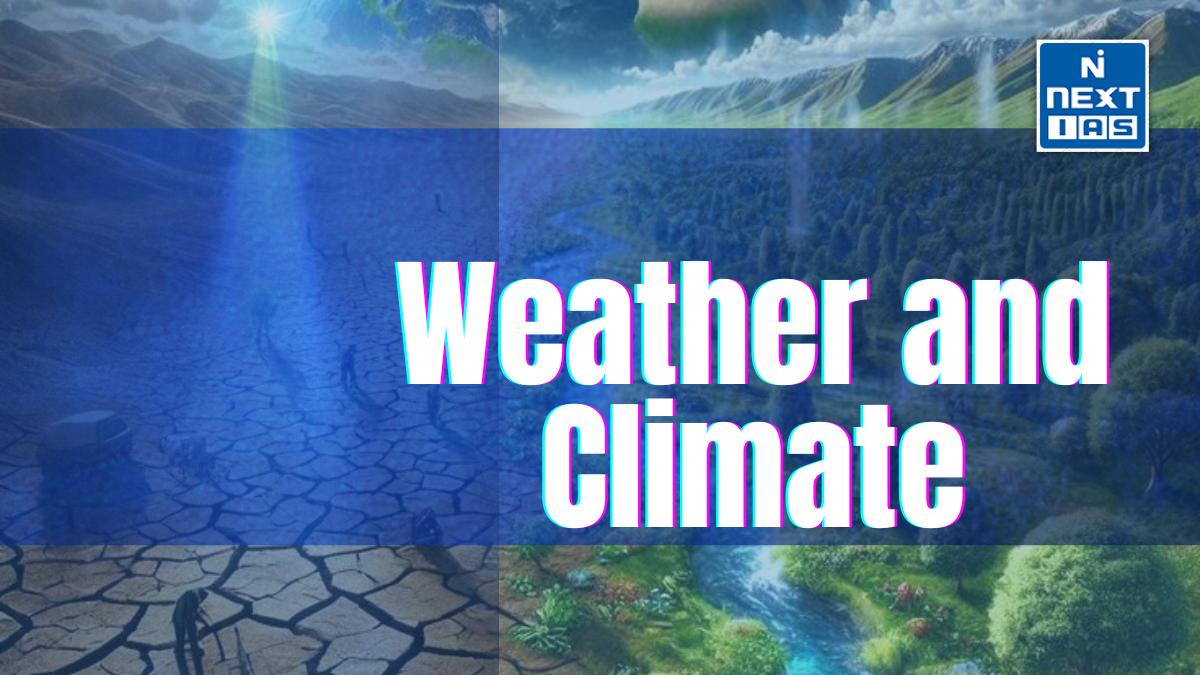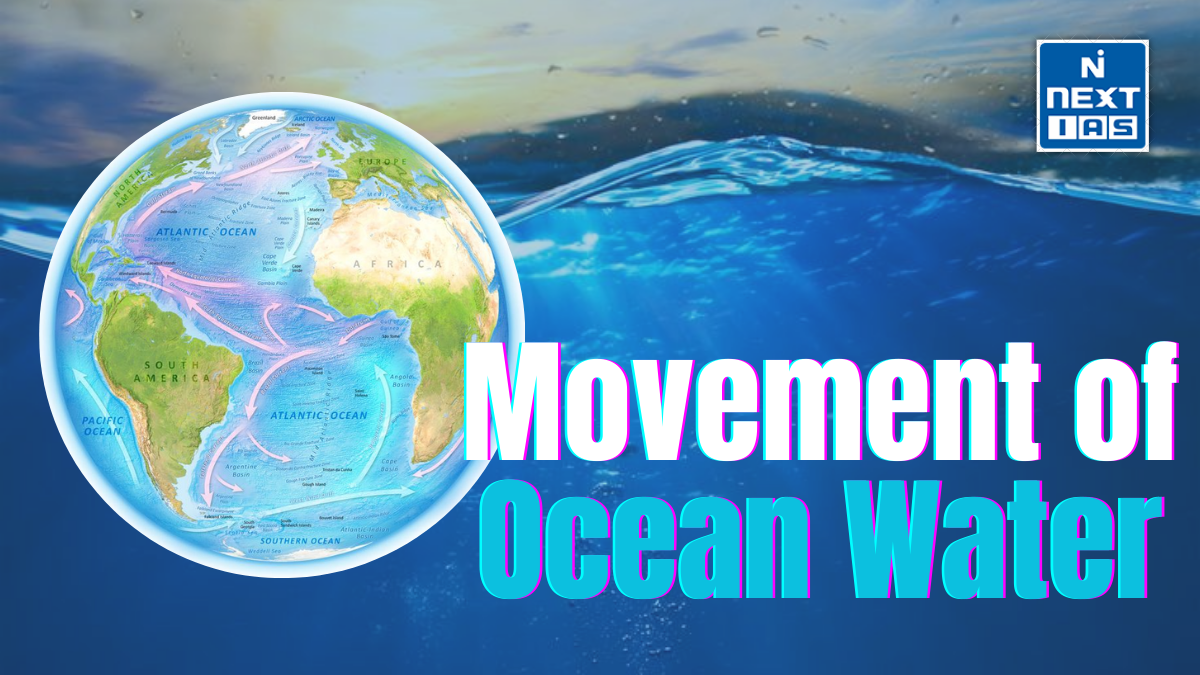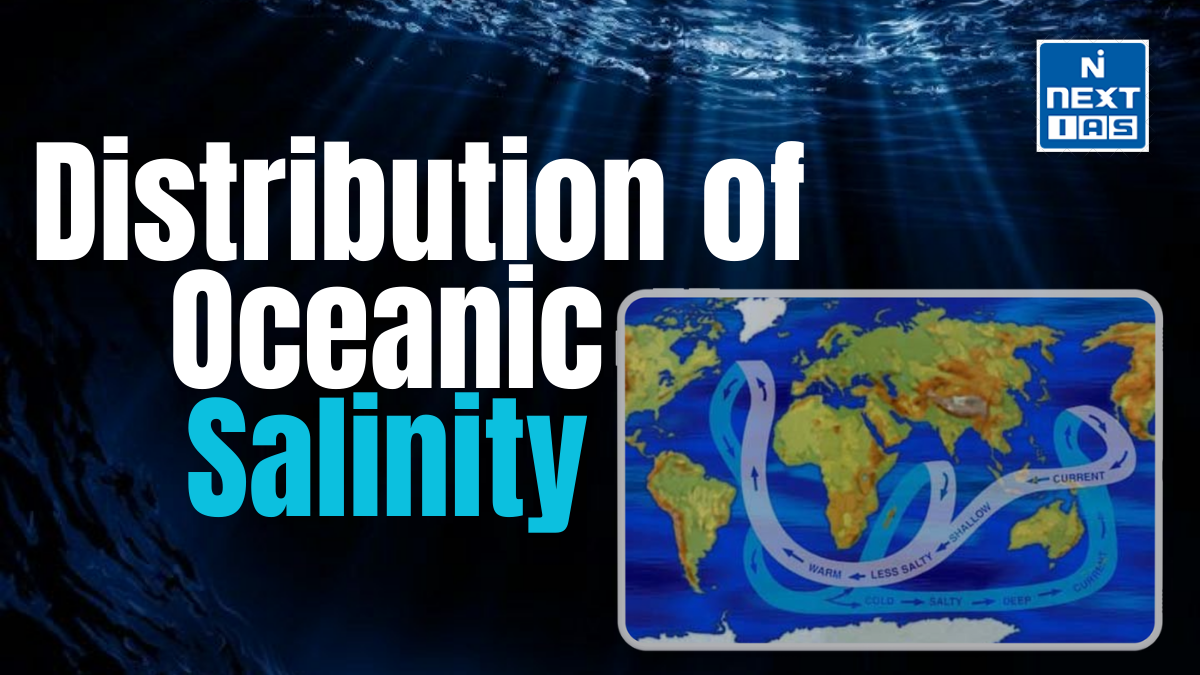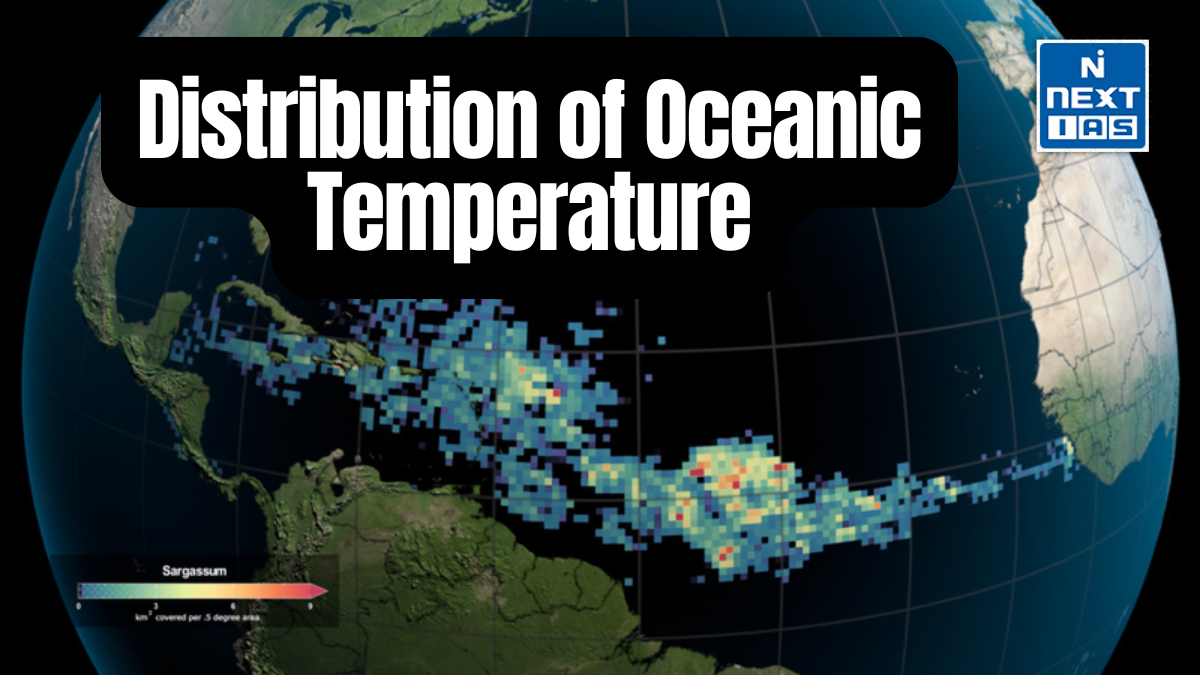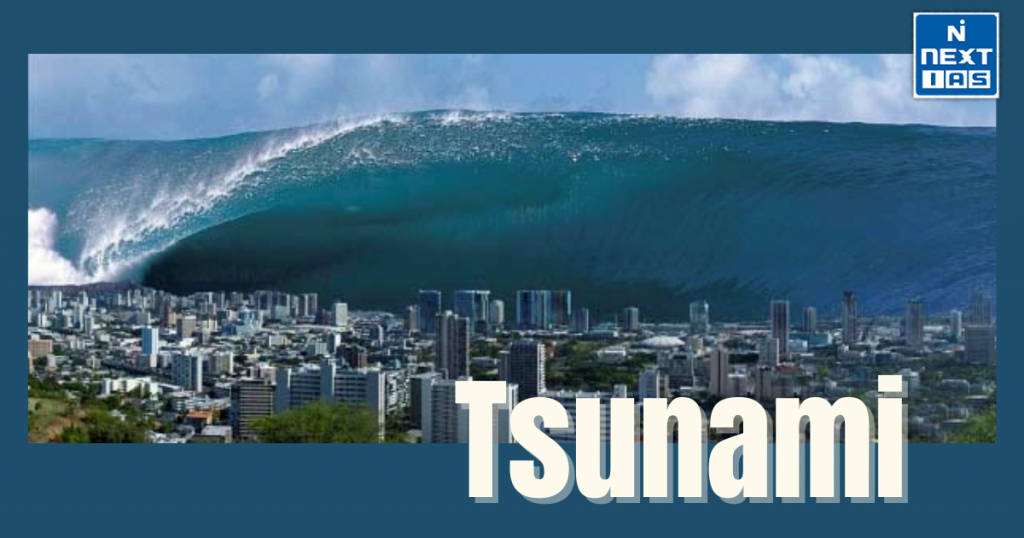
A tsunami is a series of large ocean waves caused by underwater disturbances like earthquakes, volcanic eruptions, or landslides. These waves can travel at high speeds across vast distances, growing taller as they approach coastal areas, causing widespread destruction, flooding, and loss of life. Tsunamis are natural, powerful, and unpredictable.
About The Tsunami
- A tsunami is a natural disaster characterized by a series of powerful ocean waves, typically triggered by underwater disturbances such as earthquakes, volcanic eruptions, or landslides.
- These disturbances displace vast amounts of water, creating waves that can travel at speeds exceeding 800 kilometers per hour in open waters.
- Although tsunamis often go unnoticed in deep ocean regions due to their low wave height, they become immensely destructive upon reaching coastal areas, where they grow taller and strike with immense force.
- The devastating impact of tsunamis includes severe flooding, destruction of infrastructure, and significant loss of life. Coastal communities are particularly vulnerable to their effects, often requiring rapid evacuation and preparedness measures.
- Historical tsunamis, like the 2004 Indian Ocean tsunami, highlight the importance of early warning systems and disaster education to mitigate their impact. While tsunamis cannot be prevented, understanding their nature can help minimize the devastation they cause.
Characteristics of a Tsunami
Cause and Origin
Tsunamis are caused by underwater earthquakes, volcanic eruptions, landslides, or meteorite impacts that displace large volumes of water.
High Speed
In the deep ocean, tsunami waves can travel at speeds exceeding 800 kilometers per hour (500 miles per hour), similar to the speed of a jet plane.
Long Wavelength
Tsunami waves have extremely long wavelengths, ranging from 100 to 500 kilometers, much longer than regular ocean waves.
Low Wave Height in Deep Water
In open seas, tsunamis are often undetectable, with wave heights of less than a meter.
Wave Amplification Near Shores
As tsunamis approach shallow coastal areas, their speed decreases, but their wave height can rise dramatically, sometimes exceeding 30 meters (100 feet).
Multiple Waves
A tsunami usually consists of a series of waves, with the first wave not always being the largest or most destructive.
Unpredictable Timing
The intervals between successive waves can range from minutes to hours, adding to the unpredictability.
Global Reach
Tsunamis can travel across entire ocean basins, impacting distant coasts far from the initial disturbance.
Immense Destructive Power
The combined energy of tsunami waves can cause widespread devastation, flooding, and erosion upon landfall.
Warning Signs
Receding ocean water, unusual sounds, and ground shaking near coastlines are natural warning signs of an impending tsunami.
Causes of Tsunamis
Underwater Earthquakes
The most common cause of tsunamis is underwater earthquakes that occur at tectonic plate boundaries. When these plates shift suddenly, they displace large volumes of water, generating tsunami waves.
Volcanic Eruptions
Explosive volcanic eruptions, especially those occurring underwater or near coastlines, can displace water and create tsunamis. Examples include eruptions causing the collapse of volcanic islands.
Landslides
Large-scale underwater or coastal landslides, often triggered by earthquakes, can displace significant amounts of water, resulting in tsunamis.
Glacial Calving
The breaking off of large ice masses into the ocean can generate waves resembling tsunamis, particularly in polar regions.
Meteorite Impacts
Though rare, large meteorites crashing into oceans can cause massive tsunamis by displacing water upon impact.
Submarine Explosions
Man-made explosions or tests in the ocean can occasionally produce small-scale tsunamis, though these are typically less severe.
Each of these events involves a sudden displacement of water, which creates waves that travel outward in all directions, potentially leading to widespread destruction upon reaching coastlines.
Impacts of a Tsunami
Loss of Life
Tsunamis are often catastrophic, claiming thousands of lives in affected regions due to their sudden onset and immense power.
Destruction of Infrastructure
Coastal areas experience extensive damage to homes, buildings, roads, bridges, and other infrastructure, often requiring years of rebuilding.
Economic Loss
The destruction of property, loss of livelihoods, and disruption to businesses and tourism result in significant economic challenges for affected communities and nations.
Environmental Damage
Tsunamis can cause severe erosion, contamination of freshwater supplies, destruction of coral reefs, and loss of coastal ecosystems, including mangroves and wetlands.
Flooding
Inundation of seawater causes widespread flooding, contaminating drinking water and agricultural land, making them unsuitable for cultivation.
Health Crises
Tsunamis often lead to health issues such as waterborne diseases, injuries, and psychological trauma among survivors.
Displacement of Populations
Entire communities may be displaced, leading to long-term challenges in resettlement and rehabilitation.
Disruption of Services
Basic services such as power, water, communication, and transportation are often severely affected, hampering rescue and recovery efforts.
Cultural and Historical Loss
Tsunamis can destroy cultural landmarks, historical sites, and artifacts, leading to a loss of heritage and identity for affected communities.
Global Ripple Effects
Major tsunamis can disrupt global trade and supply chains, especially if they affect key ports or manufacturing hubs.
The impacts of tsunamis highlight the importance of disaster preparedness, early warning systems, and resilient infrastructure to mitigate their effects.
Areas of the World Impacted by Tsunamis
Tsunamis predominantly affect coastal regions around the Pacific, Indian, and Atlantic Oceans. Below are the most impacted areas:
Pacific Ocean
Known as the “Ring of Fire,” the Pacific Ocean experiences frequent tsunamis due to tectonic activity.
- Japan: One of the most tsunami-prone countries, including the 2011 Tōhoku tsunami.
- Indonesia: A hotspot for tsunamis, notably the 2004 Indian Ocean tsunami.
- Chile and Peru: Along the South American Pacific coast, prone to tsunamis caused by seismic activity.
- United States West Coast and Alaska: Coastal states like California and regions in Alaska face tsunami threats due to underwater earthquakes.
Indian Ocean
- India, Sri Lanka, and Maldives: Severely impacted by the 2004 Indian Ocean tsunami.
- Indonesia and Thailand: Regularly experience tsunamis due to tectonic activity in the Sunda Arc.
- Myanmar and Bangladesh: Low-lying areas are at risk of flooding from tsunamis.
Atlantic Ocean
- Caribbean Nations: Islands like Haiti and the Dominican Republic are vulnerable to tsunamis caused by underwater earthquakes and volcanic eruptions.
- United States East Coast: Rarely impacted but at risk from tsunamis caused by submarine landslides.
Mediterranean Sea
- Greece, Italy, and Turkey: Countries with histories of tsunamis due to tectonic activity in the Mediterranean basin.
Arctic and Southern Oceans
- Coastal areas in Greenland and Antarctica may face localized tsunamis from glacial calving or underwater landslides.
Global vulnerability to tsunamis emphasizes the need for early warning systems and disaster preparedness across high-risk regions.
Tsunami Warning Systems of the World
Tsunami warning systems are vital for detecting and alerting populations to potential tsunami threats. These systems rely on seismic data, ocean monitoring, and communication networks to provide timely warnings. Key tsunami warning systems around the world include:
Pacific Tsunami Warning System (PTWS)
- Region Covered: Pacific Ocean, including North and South America, Asia, and Oceania.
- Managed By: Intergovernmental Oceanographic Commission (IOC) of UNESCO.
- Features: A network of seismic stations and DART (Deep-ocean Assessment and Reporting of Tsunamis) buoys to monitor underwater disturbances.
Indian Ocean Tsunami Warning and Mitigation System (IOTWMS)
- Region Covered: Indian Ocean countries such as India, Indonesia, Sri Lanka, and Thailand.
- Established After: The 2004 Indian Ocean tsunami.
- Features: Regional centers in India, Indonesia, and Australia providing alerts.
Japan Meteorological Agency (JMA)
- Region Covered: Japan and nearby coastal areas.
- Features: Highly advanced system that issues warnings within minutes of detecting seismic activity.
U.S. Tsunami Warning Centers
- Centers:
- National Tsunami Warning Center (NTWC) in Alaska.
- Pacific Tsunami Warning Center (PTWC) in Hawaii.
- Region Covered: U.S. coastlines and territories in the Pacific and Caribbean.
North East Atlantic and Mediterranean Tsunami Warning System (NEAMTWS)
- Region Covered: Europe, North Africa, and the Mediterranean.
- Managed By: IOC of UNESCO.
South China Sea Tsunami Advisory Center (SCSTAC)
- Region Covered: South China Sea and neighboring countries.
- Features: Monitors seismic activity and issues alerts.
Regional Warning Systems
- Caribbean Early Warning System: Focused on the Caribbean islands.
- Australia Tsunami Warning System (ATWS): Provides tsunami alerts for the Australian coastline.
Components of Tsunami Warning Systems
- Seismic Monitoring: Detects underwater earthquakes.
- DART Buoys: Measure changes in ocean water pressure.
- Tide Gauges: Monitor sea level changes.
- Communication Networks: Disseminate warnings to governments, media, and the public.
- Public Awareness Programs: Educate communities about natural tsunami signs and evacuation protocols.
The effectiveness of these systems depends on regional collaboration, technology, and community preparedness.
Way forward
Enhancing tsunami resilience requires global collaboration on advanced early warning systems, public education, and preparedness. Strengthening coastal infrastructure, restoring natural barriers like mangroves, and implementing effective evacuation plans can mitigate impacts. Ongoing research, international cooperation, and awareness campaigns ensure communities are better equipped to respond to and recover from tsunamis.
Conclusion
Tsunamis are powerful natural disasters with devastating impacts on lives, infrastructure, and ecosystems. While they cannot be prevented, advancements in early warning systems, disaster preparedness, and public education are critical to minimizing their damage. Understanding their causes and characteristics is vital for building resilience in vulnerable coastal communities worldwide.
GS - 3